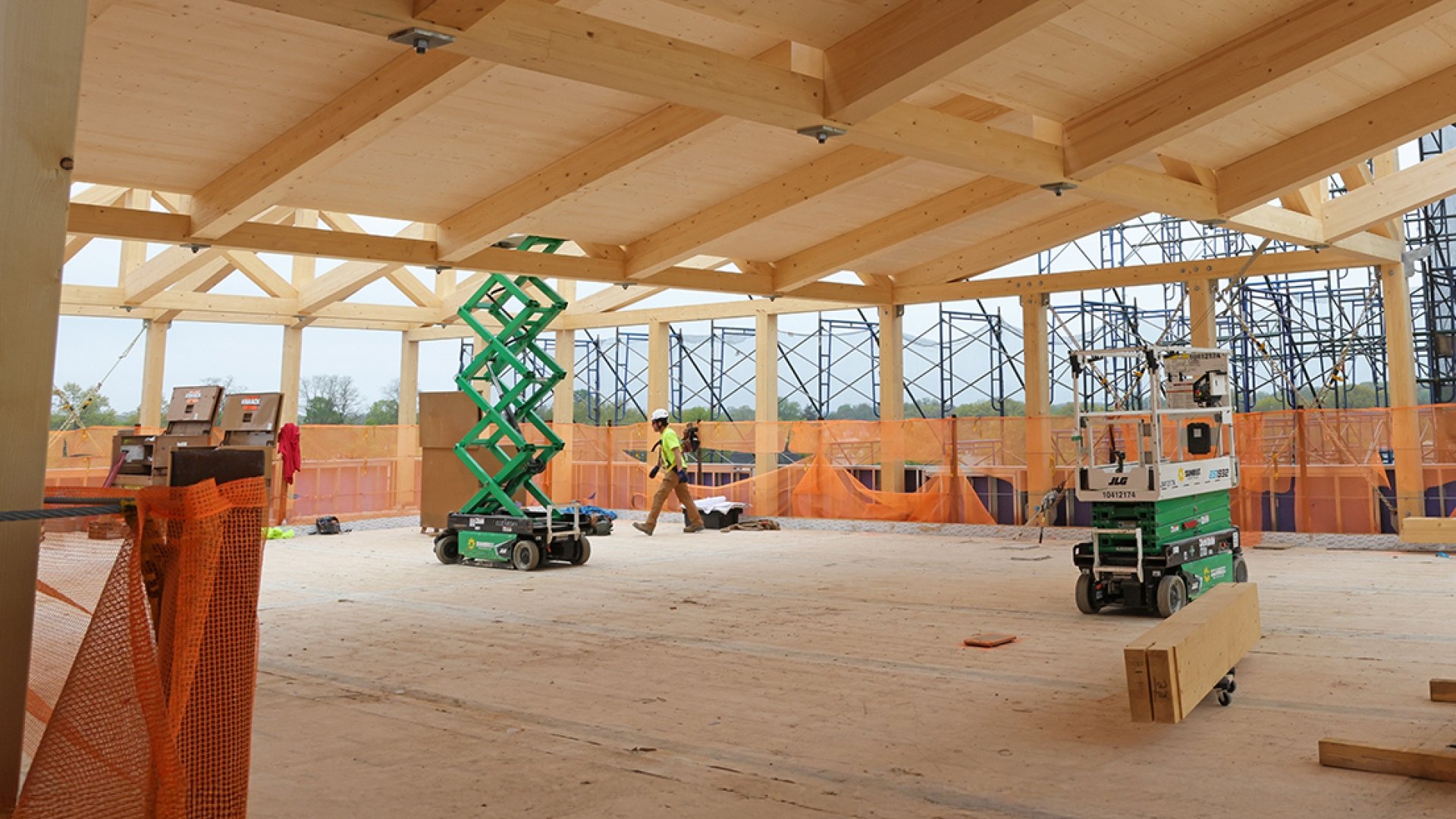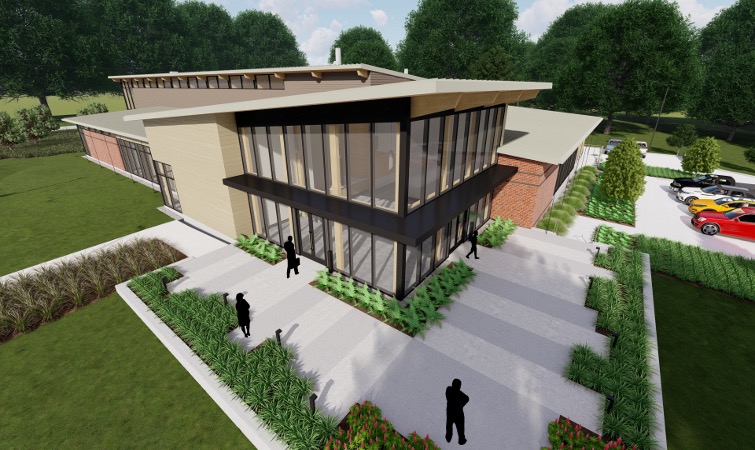Hard-nosed tariffs imposed on Canadian goods may have been postponed until April 2, but RONA, one of Canada’s largest hardware and home improvement retailers, is making a play for more locally sourced products. The company says it will be highlighting over 6,500 Canadian-made products and will “make a concerted effort” to promote these items in RONA+ and RONA stores. The company, which has over 425 corporate and affiliate stores across Canada, says it’s responding to a growing demand from consumers and contractors who want to prioritize local products. “We’ve always had a strong selection of Canadian-made products. In fact, less than 10 percent of our supply comes directly from the United States. The challenge was primarily about making these products more visible.
 These are the headlines you’ll find in this month’s newsletter:
These are the headlines you’ll find in this month’s newsletter:
 Planning, design and construction must adapt to this new world of tariffs and trade barriers. Canada has already imposed its own tariffs on products made in the US… but it is not just about materials and products; we must change what we build and where we build it. Some ideas for a Patriotic Canadian Built Environment: 1) More Mass Timber. Nordic, Element 5, Structurecraft and others have made major investments in mass timber, much of which is exported south. If the industry is to survive, we need a massive pivot to mass timber construction in Canada. …2) Make Canadian Wood Fibre Insulation. TimberHP in Maine has shown how a pulp and paper-based timber economy can pivot to insulation. …3) Electrify everything. Canada is an electricity powerhouse. Make every building Passivhaus to reduce demand and increase resilience. …4) Restructure from north-south to east-west. …5) More renovation and retrofit. …6) Design for a Sufficiency Economy. …7) Ban Sprawl.
Planning, design and construction must adapt to this new world of tariffs and trade barriers. Canada has already imposed its own tariffs on products made in the US… but it is not just about materials and products; we must change what we build and where we build it. Some ideas for a Patriotic Canadian Built Environment: 1) More Mass Timber. Nordic, Element 5, Structurecraft and others have made major investments in mass timber, much of which is exported south. If the industry is to survive, we need a massive pivot to mass timber construction in Canada. …2) Make Canadian Wood Fibre Insulation. TimberHP in Maine has shown how a pulp and paper-based timber economy can pivot to insulation. …3) Electrify everything. Canada is an electricity powerhouse. Make every building Passivhaus to reduce demand and increase resilience. …4) Restructure from north-south to east-west. …5) More renovation and retrofit. …6) Design for a Sufficiency Economy. …7) Ban Sprawl.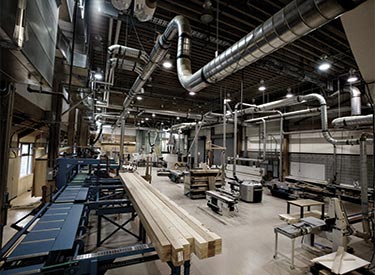

 VANCOUVER, BC — T
VANCOUVER, BC — T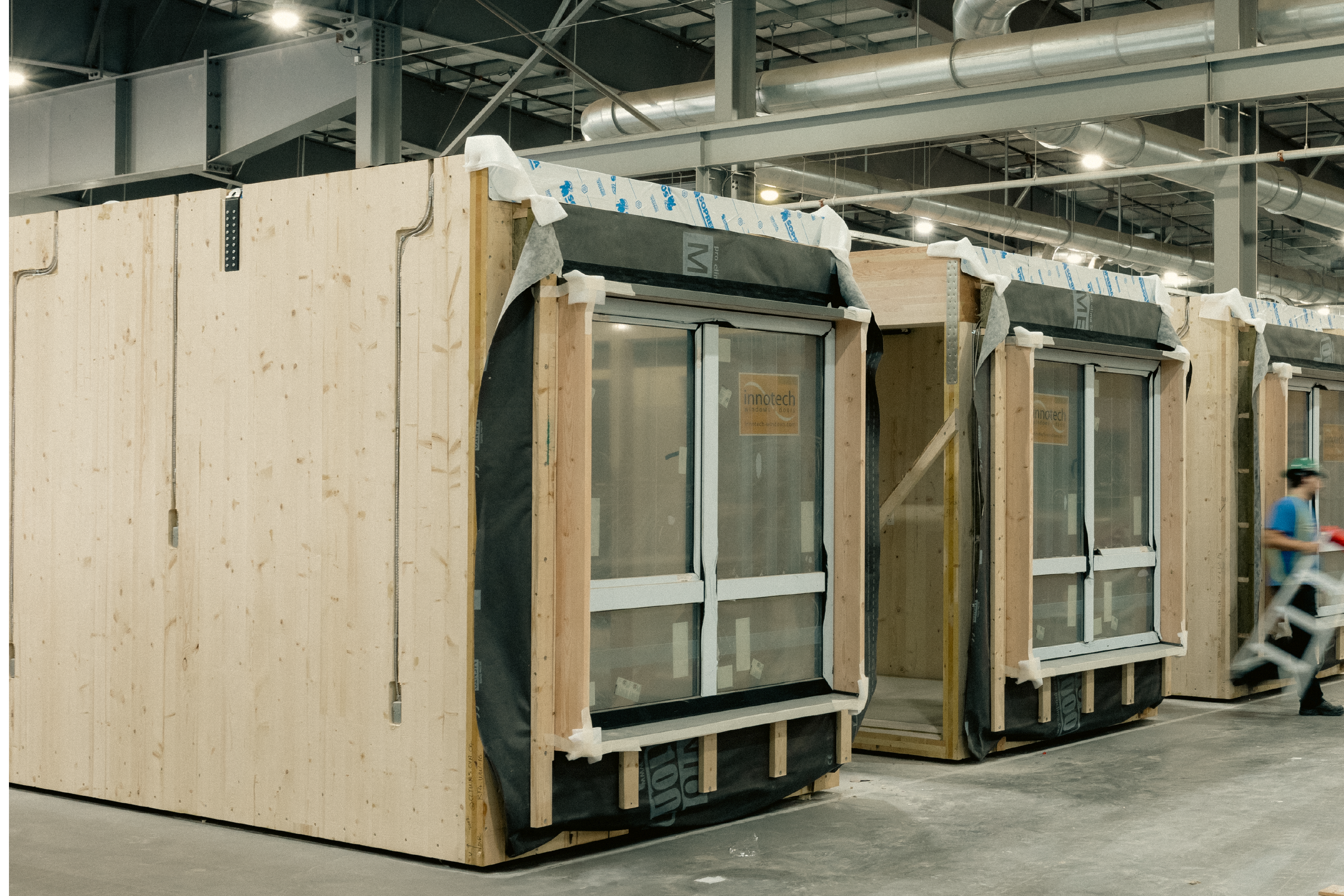




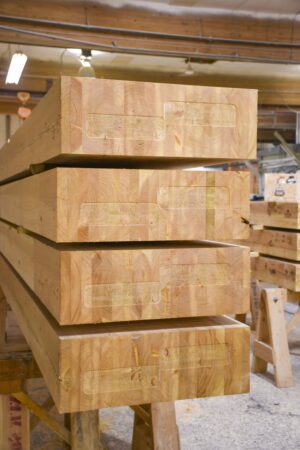 EAST HANTS, Nova Scotia — The Honourable Kody Blois, Minister of Agriculture and Agri-Food, announced federal funding for MTC Mass Timber Company (MTC) to support its move to technology-driven manufacturing that will create high-value mass timber products in Nova Scotia. Through an investment of $500,000, MTC will advance the detailed design of Canada’s first large-scale, clear-span mass timber manufacturing structure that would house a new industrial plant. Once constructed, MTC will be Canada’s first vertically integrated mass timber manufacturer in Atlantic Canada, allowing further growth of the region’s offsite building construction sector and improving access to housing for Nova Scotians. MTC was also conditionally approved for $10 million in federal support, subject to the required due diligence measures, and the negotiation of a final agreement.
EAST HANTS, Nova Scotia — The Honourable Kody Blois, Minister of Agriculture and Agri-Food, announced federal funding for MTC Mass Timber Company (MTC) to support its move to technology-driven manufacturing that will create high-value mass timber products in Nova Scotia. Through an investment of $500,000, MTC will advance the detailed design of Canada’s first large-scale, clear-span mass timber manufacturing structure that would house a new industrial plant. Once constructed, MTC will be Canada’s first vertically integrated mass timber manufacturer in Atlantic Canada, allowing further growth of the region’s offsite building construction sector and improving access to housing for Nova Scotians. MTC was also conditionally approved for $10 million in federal support, subject to the required due diligence measures, and the negotiation of a final agreement.



 From laundry detergent to dishwasher tablets, cleaning products are an indispensable part of life. Yet the chemicals that make these products so effective can be difficult to break down or could even trigger ecosystem-altering algal blooms. Now, researchers reporting in ACS’ Langmuir have addressed those challenges with an environmentally compatible detergent made of tiny wood fibers and corn protein that removes stains on clothes and dishes just as well as commercial products. …The researchers combined cellulose nanofibers from wood with zein protein from corn to create an emulsion. Cellulose can attract and repel water, so it is effective at forming such emulsions and attracting different types of stains. The zein protein, on the other hand, helps stabilize the emulsion and trap oils.
From laundry detergent to dishwasher tablets, cleaning products are an indispensable part of life. Yet the chemicals that make these products so effective can be difficult to break down or could even trigger ecosystem-altering algal blooms. Now, researchers reporting in ACS’ Langmuir have addressed those challenges with an environmentally compatible detergent made of tiny wood fibers and corn protein that removes stains on clothes and dishes just as well as commercial products. …The researchers combined cellulose nanofibers from wood with zein protein from corn to create an emulsion. Cellulose can attract and repel water, so it is effective at forming such emulsions and attracting different types of stains. The zein protein, on the other hand, helps stabilize the emulsion and trap oils.  Last week, consumers in four states filed a proposed class action against Amazon, accusing the company of greenwashing by misleading consumers about the sustainability of the company’s Amazon Basics line of paper products. Here are some of the key allegations: Amazon uses a Sustainability Leaf and a Climate Pledge Friendly logo to suggest that Amazon’s supply chain for Amazon Basics paper products uses sustainable forestry practices. …However, because Amazon sources its Amazon Basics paper products from suppliers who clearcut and burn centuries-old forests, Amazon is exaggerating any environmental benefits. …The Forest Stewardship Council (or “FSC”) requires companies to use different FSC logos to depict different levels of commitment to responsible forest management. Despite this, Amazon uses an unqualified Forest Stewardship Council logo. …This Complaint challenges an arguably very sustainably-minded company. We learned this week that Amazon announced the launch of a new carbon credit investment service.
Last week, consumers in four states filed a proposed class action against Amazon, accusing the company of greenwashing by misleading consumers about the sustainability of the company’s Amazon Basics line of paper products. Here are some of the key allegations: Amazon uses a Sustainability Leaf and a Climate Pledge Friendly logo to suggest that Amazon’s supply chain for Amazon Basics paper products uses sustainable forestry practices. …However, because Amazon sources its Amazon Basics paper products from suppliers who clearcut and burn centuries-old forests, Amazon is exaggerating any environmental benefits. …The Forest Stewardship Council (or “FSC”) requires companies to use different FSC logos to depict different levels of commitment to responsible forest management. Despite this, Amazon uses an unqualified Forest Stewardship Council logo. …This Complaint challenges an arguably very sustainably-minded company. We learned this week that Amazon announced the launch of a new carbon credit investment service.


 LOS ANGELES —
LOS ANGELES — 
